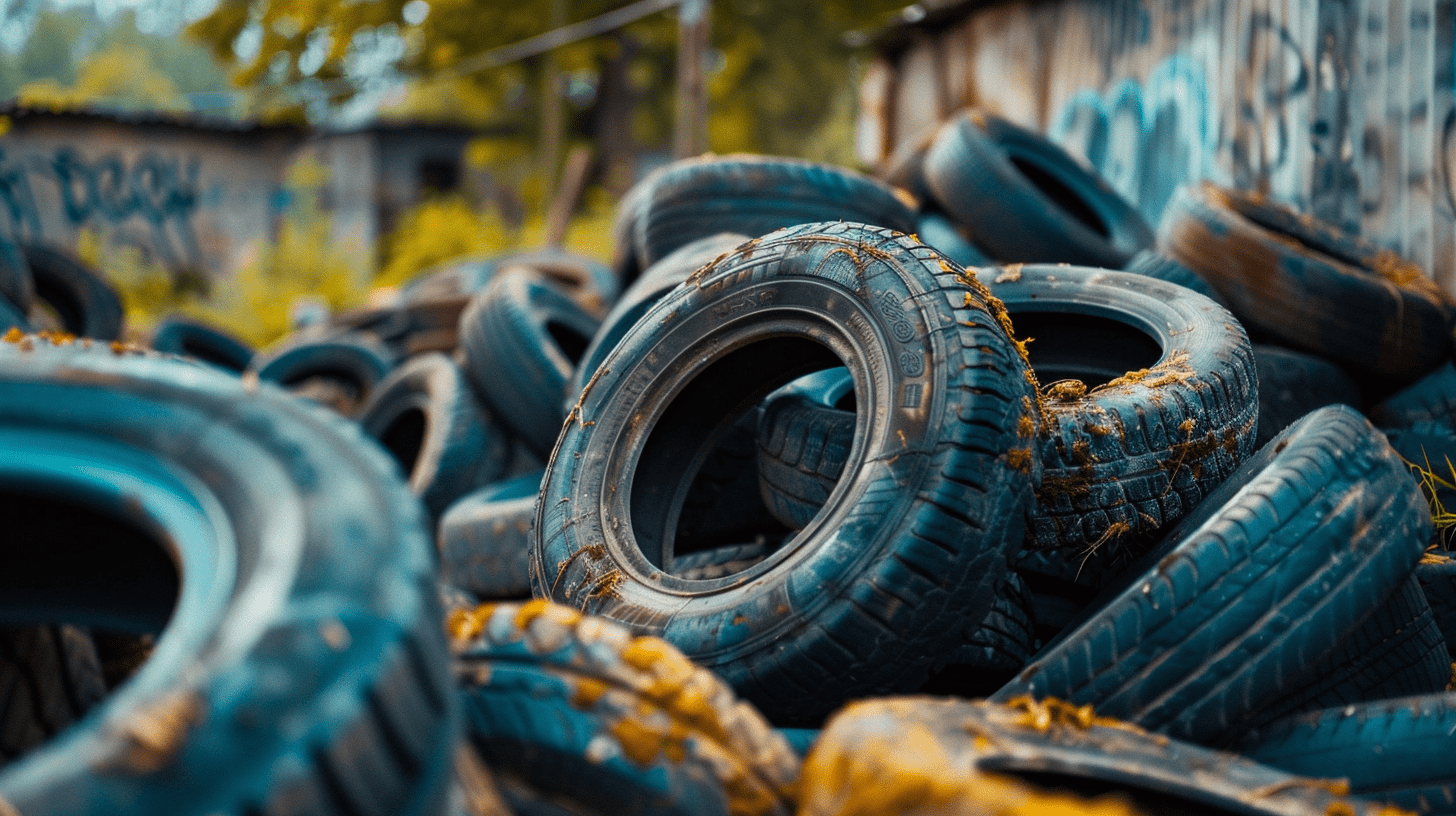The Circular Economy
Learn what the circular economy is, how it reshapes our approach to consumption and waste, and the environmental benefits it offers.

Systems Thinking and Material Flow
A circular economy requires systems thinking about understanding how actions in one part of a system affect others. Materials move through supply chains, production lines, and waste streams in ways that are often invisible.
By creating maps of material flows, stakeholders can identify opportunities to close loops and eliminate inefficiencies. For example, food waste from a grocery store might be turned into compost or energy, linking consumption to agricultural production.
Feedback loops are critical. A company that reuses scrap material in its own manufacturing reduces costs and environmental impact simultaneously. Systems thinking highlights these connections and helps design interventions that create reinforcing cycles of value rather than linear pathways of loss.